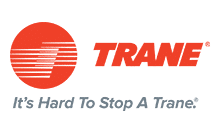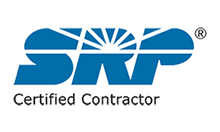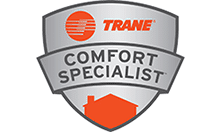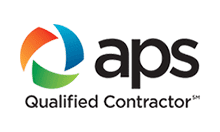HVAC ventilation is an important part of residential buildings, medium-large industrial buildings, commercial buildings, hospitals, vehicles, and marine environments. It is responsible for controlling temperature, humidity, and other factors by using fresh air from the outdoors. There are several components of HVAC, but this article will cover the basics. HVAC ventilation is also important for maintaining the health and safety of people within the home. You should learn more about these components if you are planning to invest in a new home or commercial building.
Heat exchangers
Heat exchangers are used to transfer heat from one fluid to another. Typical applications include industrial cooling and heating. There are several types available depending on the size and type of fluid involved. The type of heat exchanger used will depend on the fluid’s phase, temperature, and viscosity. It may also be sized to accommodate various thermodynamic properties. These are examples of how heat exchangers can be used in industrial ventilation.
A heat exchanger in an HVAC ventilation system is a critical part of a building’s ventilation system. The device ensures separate fluid flow in a building by ensuring incoming and outgoing flows are in opposite directions. A heat-recovery ventilation system uses a heat exchanger to move stuffy air and pull in fresh air from outside. This ensures a building’s ventilation without sacrificing the quality of the air.
Return vents
The primary purpose of return vents in HVAC is to exhaust air. They should be installed in every room. A single vent will be sufficient for small rooms, but larger rooms require more. The number of return vents depends on the size and layout of the home, as well as the size and type of ductwork used in the home. A professional can help you determine your needs based on these variables. In general, there should be one return vent per room in the house, and two or more vents are preferred.
When cleaning return vents, make sure that the area is clear of any debris or dirt. The grille covering the vent can become dirty with dust over time. Clean it regularly using a damp cloth to prevent dirt from entering the system. Keeping the grille clean will also help you get the most efficiency out of your air conditioner or heater. Cleaning the grille will also help keep contaminants from damaging the air conditioning and heating system. Cleaning the return vent is easy once you know what to do.
Condenser coils
Indoor air quality can be significantly affected by dirty, condenser coils in HVAC ventilation systems. Dirty evaporator coils can cause a buildup of biological hazards. They also block the airflow. Getting rid of debris and accumulated dirt will improve the efficiency of your HVAC system. Here are a few ways to clean your evaporator coils. Listed below are some tips to get you started.
Start by removing loose debris from the evaporative and condenser coils. Apply a cleaning solution that is specifically made for condenser coils. You can purchase this in concentrated or premixed form. If you don’t have the time to mix the solution, simply buy a concentrate and apply it to the condenser coils. Afterward, clean the coils by washing off the dirty residue.
If you want a consultation to see if your HVAC ventilation system is energy efficient in the Phoenix, AZ metro area contact Dukes of Air for help.











